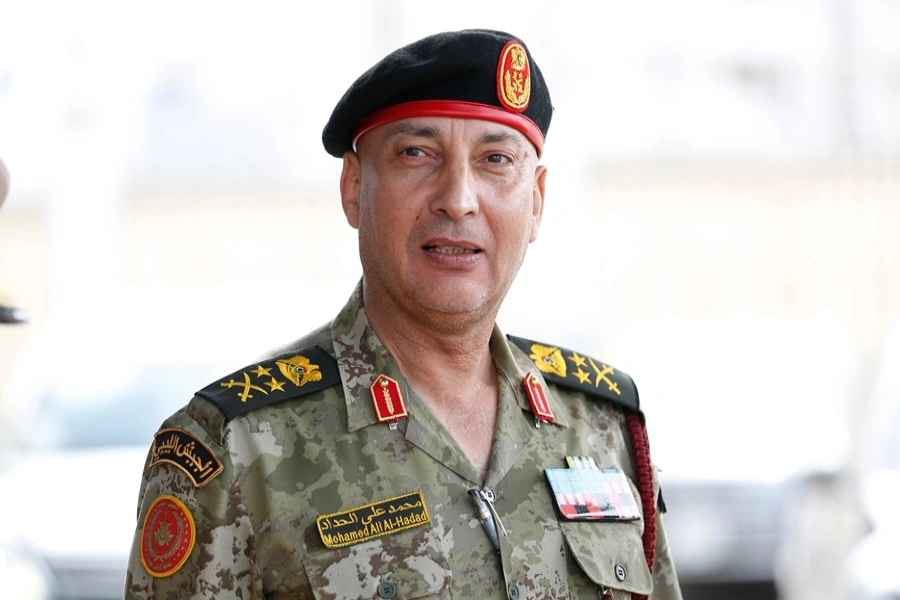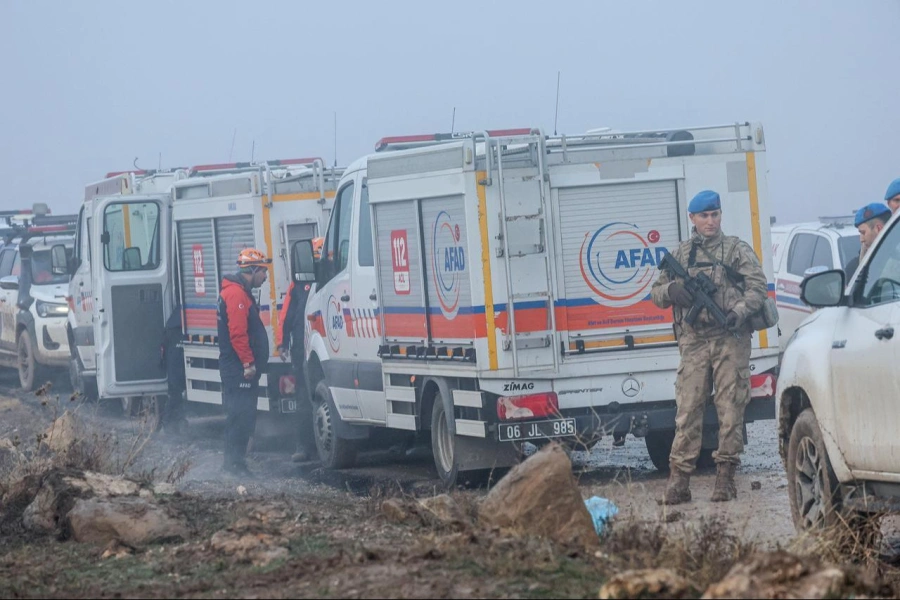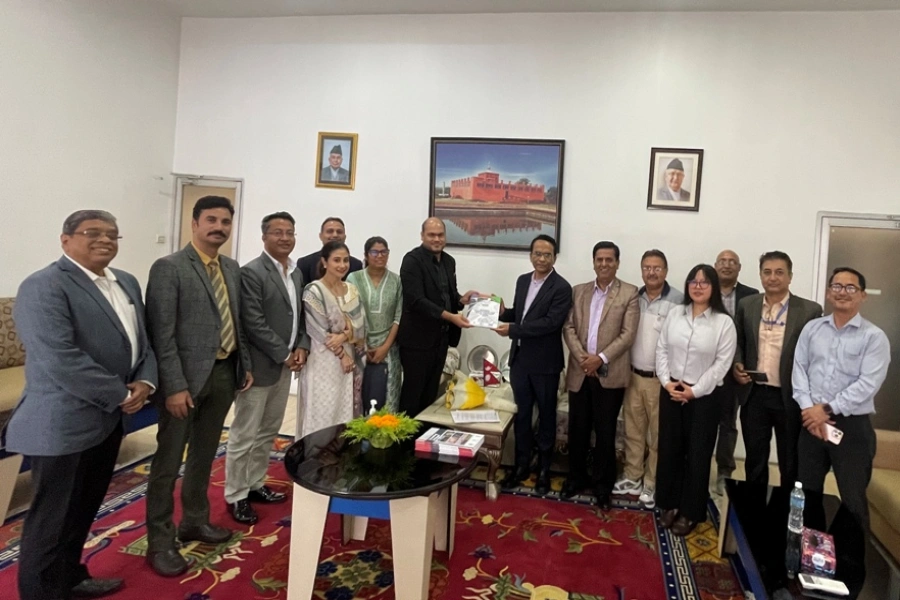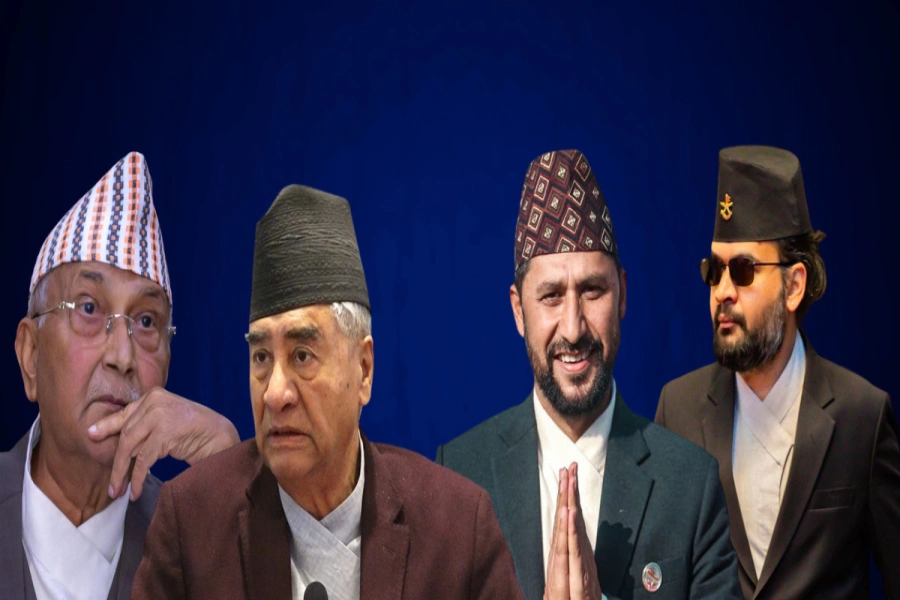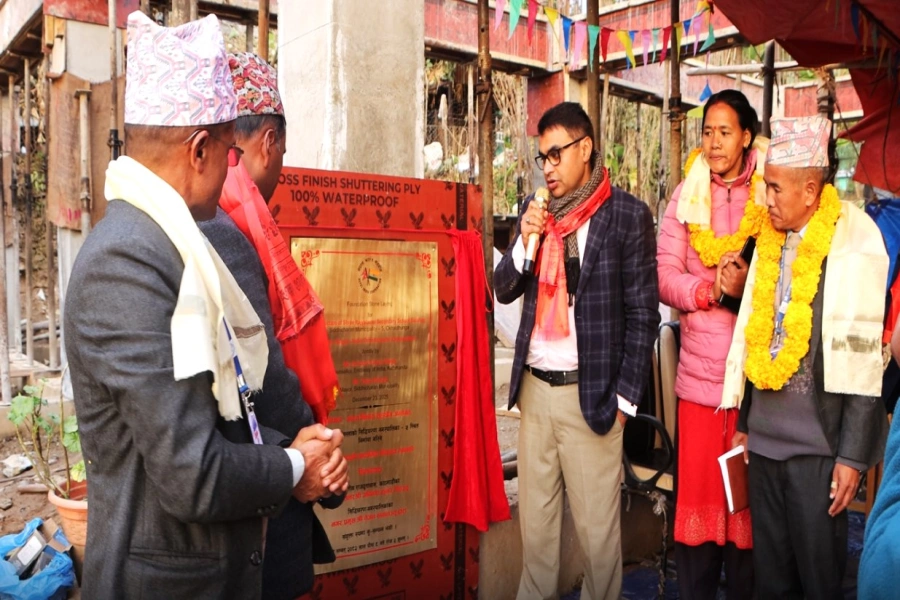After the publication of the news that Nepal's federal capital Kathmandu is number one in the list of the most polluted cities in the world, most of the common people congratulated the government, political leadership and the mayor of Kathmandu Metropolitan City. They have taken a dig at social media, stating ironically that they have brought the capital to the first position at least in one front. This anger of the general public is justified if the government and related agencies are not serious about this matter, which has a serious impact on public health. Although there are various policy arrangements for pollution control, their implementation is very weak. Due to air pollution affecting most parts of the body, the number of patients with respiratory diseases, lung cancer, heart disease, high blood pressure, and stroke has increased in recent years. An effective solution to air pollution, which causes the death of more than five thousand people every year in the capital alone, has not been found. Various studies have shown that air pollution has also reduced the life expectancy of people. According to the State of Global Air report published a few years ago, 42,000 people died in Nepal in 2019 due to indoor and outdoor air pollution. Studies have shown that 19 percent of air pollution-related deaths are among children under the age of 5 and 27 percent are over the age of 70. These figures illustrate the severity of air pollution.
Finding a solution to this problem requires identifying its causes and adopting control measures. Due to its geographical location, pollution and dust and smoke particles emitted in the Kathmandu Valley float above the ground level. These toxic particles remain in the atmosphere of the valley basin until there is rainfall due to the lack of air flow. Thus, geographically, the risk of air pollution in the Kathmandu Valley has been high. Besides, polluted air also enters the capital along with the flow of air from different parts of India. In that sense, this problem is not only local but also connected with cross-border activities. Although cross-border activities and the geography of the capital basin are beyond our control, our own activities are largely responsible for increasing pollution. These activities can be controlled immediately. In particular, emissions from diesel-based vehicles, smoke from forest fires, emissions from brick factories, emissions from burning agricultural residues and emissions from burning garbage are considered the main causes of air pollution. Similarly, the roads of the capital city are always under construction and dirty.
Shangri-la brings two new saving products

Vehicle emissions can be reduced through effective regulation and incentives for low-emission vehicles. The use of electric vehicles has increased in recent days. But no concrete initiative has been taken to electrify large public buses. Polluting brick industries are still operating in the capital. They need to be replaced. Forest fires can also be controlled through public awareness and citizen-level intervention. Still, the practice of burning dried grass in the fields is common. This too can be prevented through regulatory arrangements and awareness. Air pollution reduction has become complicated due to various reasons including weak monitoring of polluting factories and agencies, inadequate implementation of laws and lack of information among citizens.
It is necessary to have a thorough and meaningful discussion on these issues by all stakeholders, including the three tiers of government, businessmen and industrialists, civil society, and the news media. Citizen-level interest and concern will greatly help in solving this problem. Simultaneously, air pollution management has not become a primary issue of political parties and governments. This is another concern. A number of laws and policies have yet to be formulated to control air pollution. A Kathmandu Valley-level air quality management action plan has also been implemented for the Kathmandu Valley. But its implementation is very weak. In this context, it has become imperative for the government at all three levels to immediately formulate an action plan and implement it effectively. With the commitment of the political leadership and the awareness and vigilance of civil society, the problem of air pollution can be solved to a large extent. Now is the best time to be serious and make a concerted effort towards this end.



